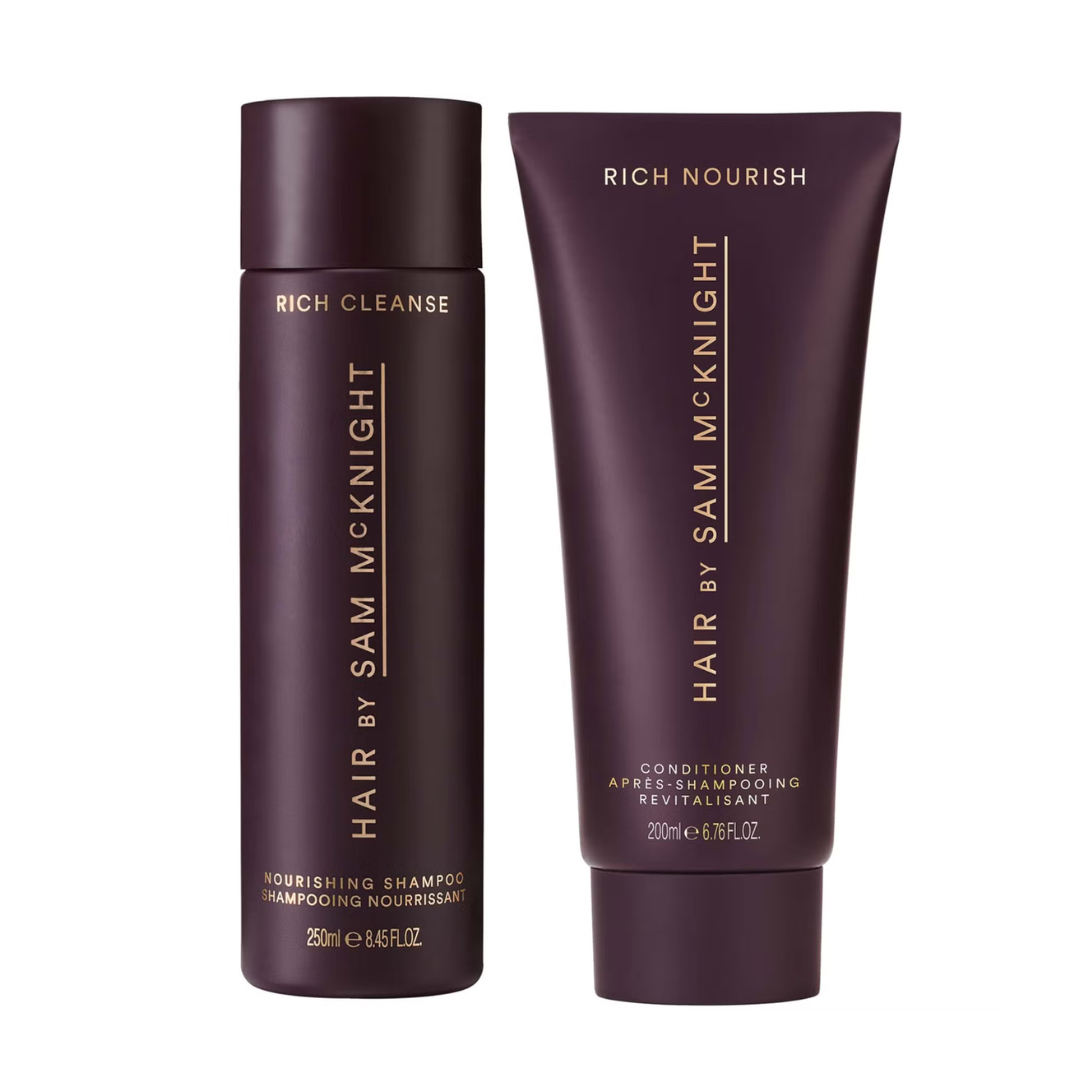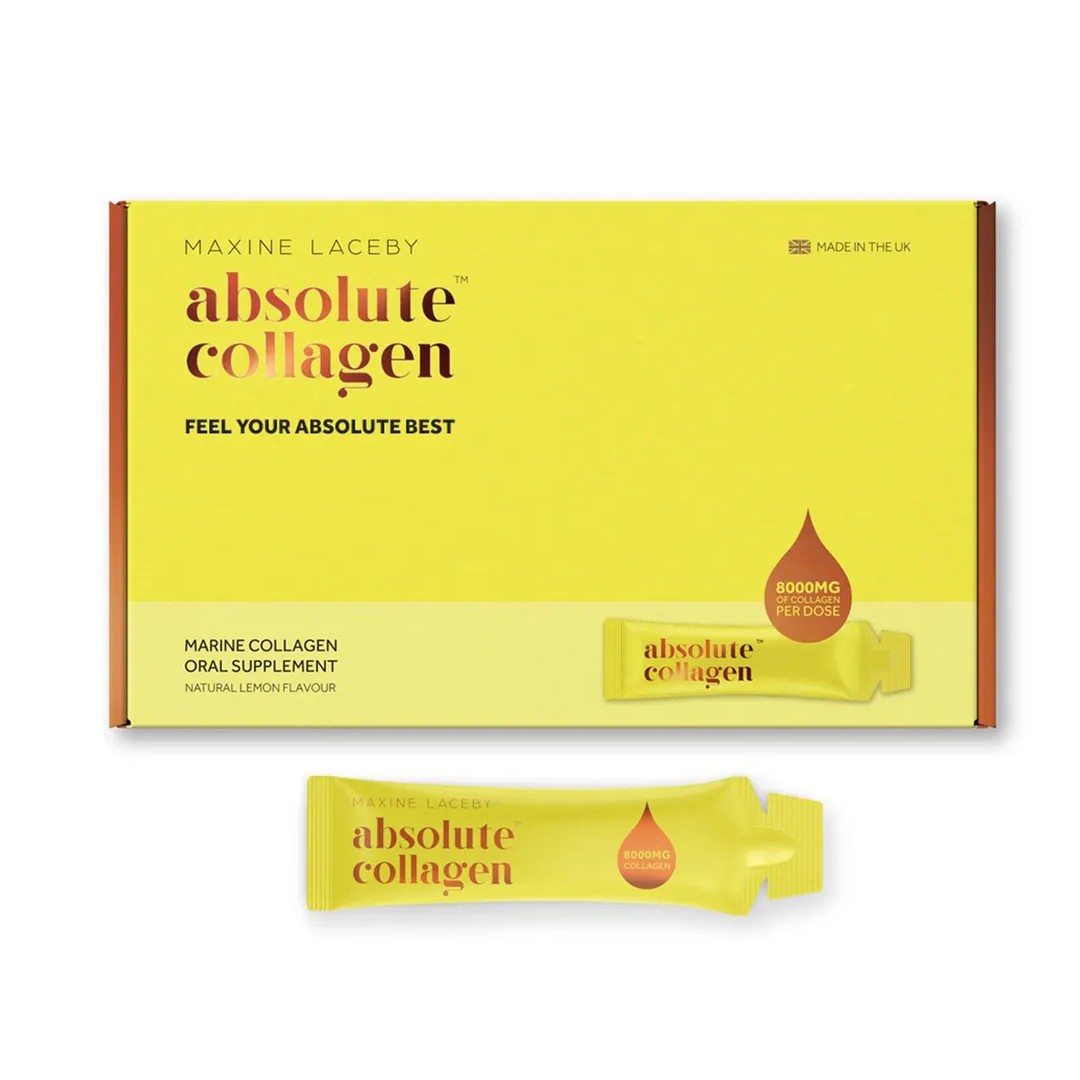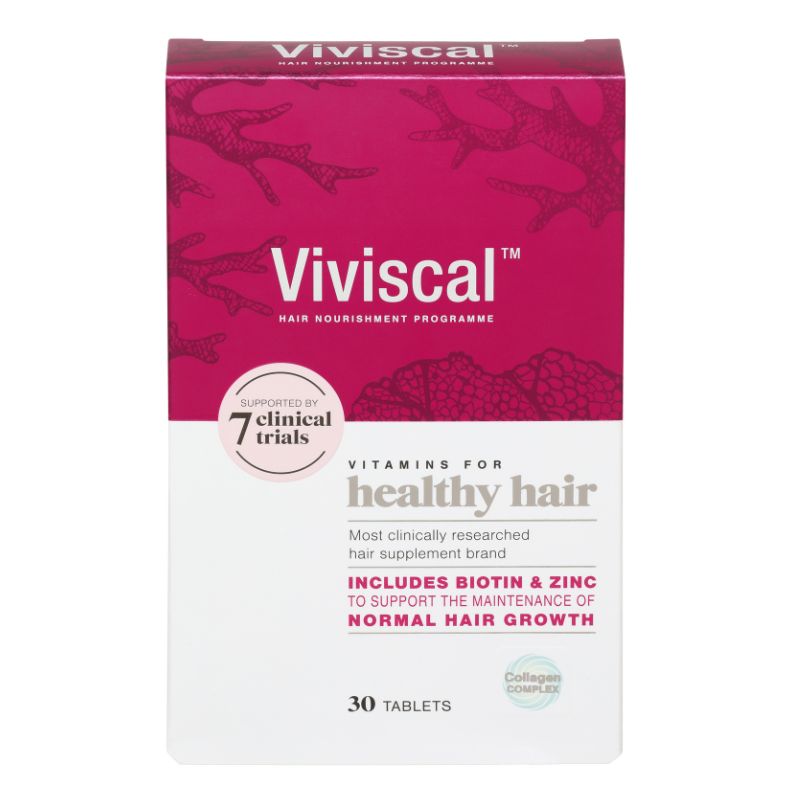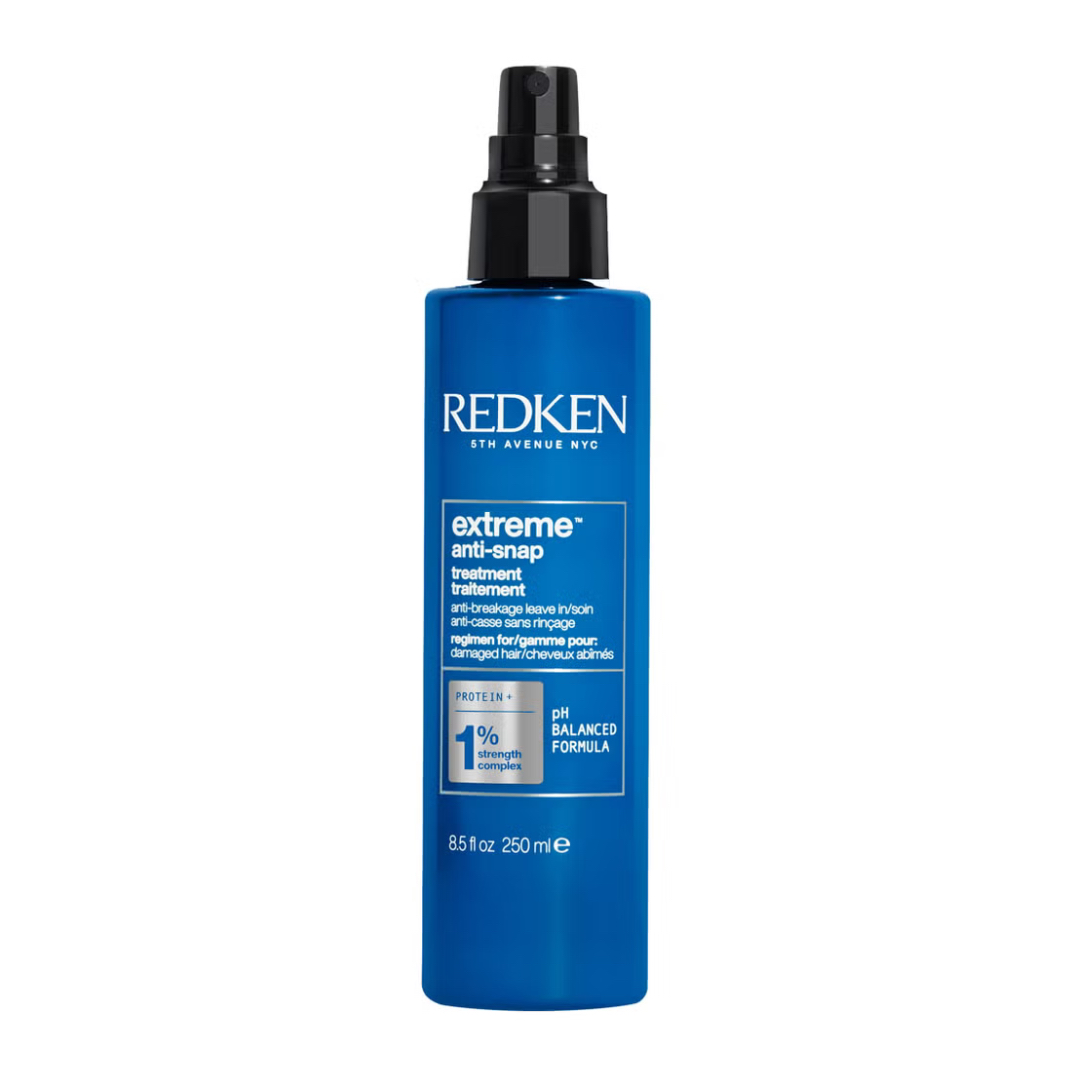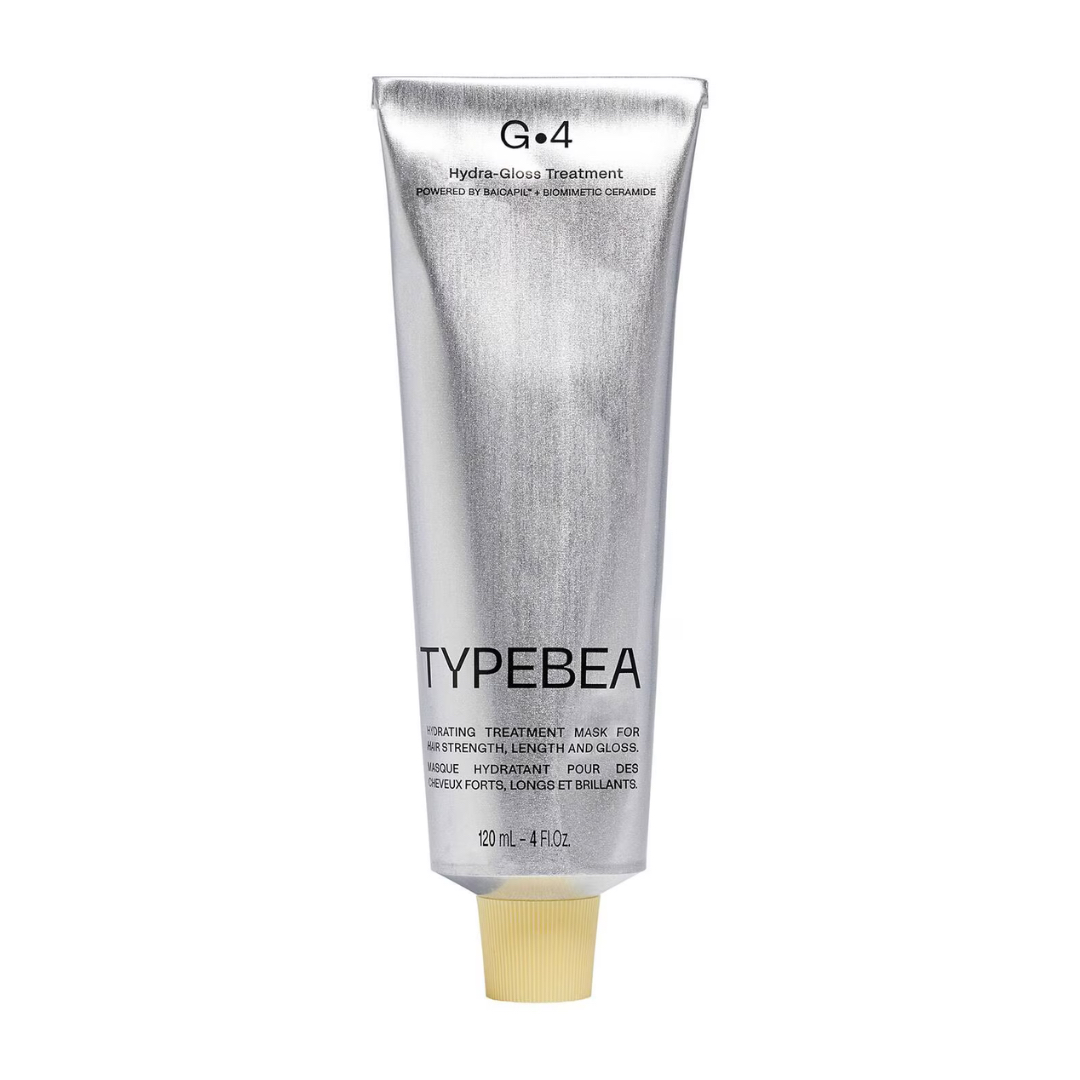Is it possible to ‘fix’ heat-damaged hair without a major haircut? I asked three hair experts
You’ve overdone it with the heated tools – so what now?
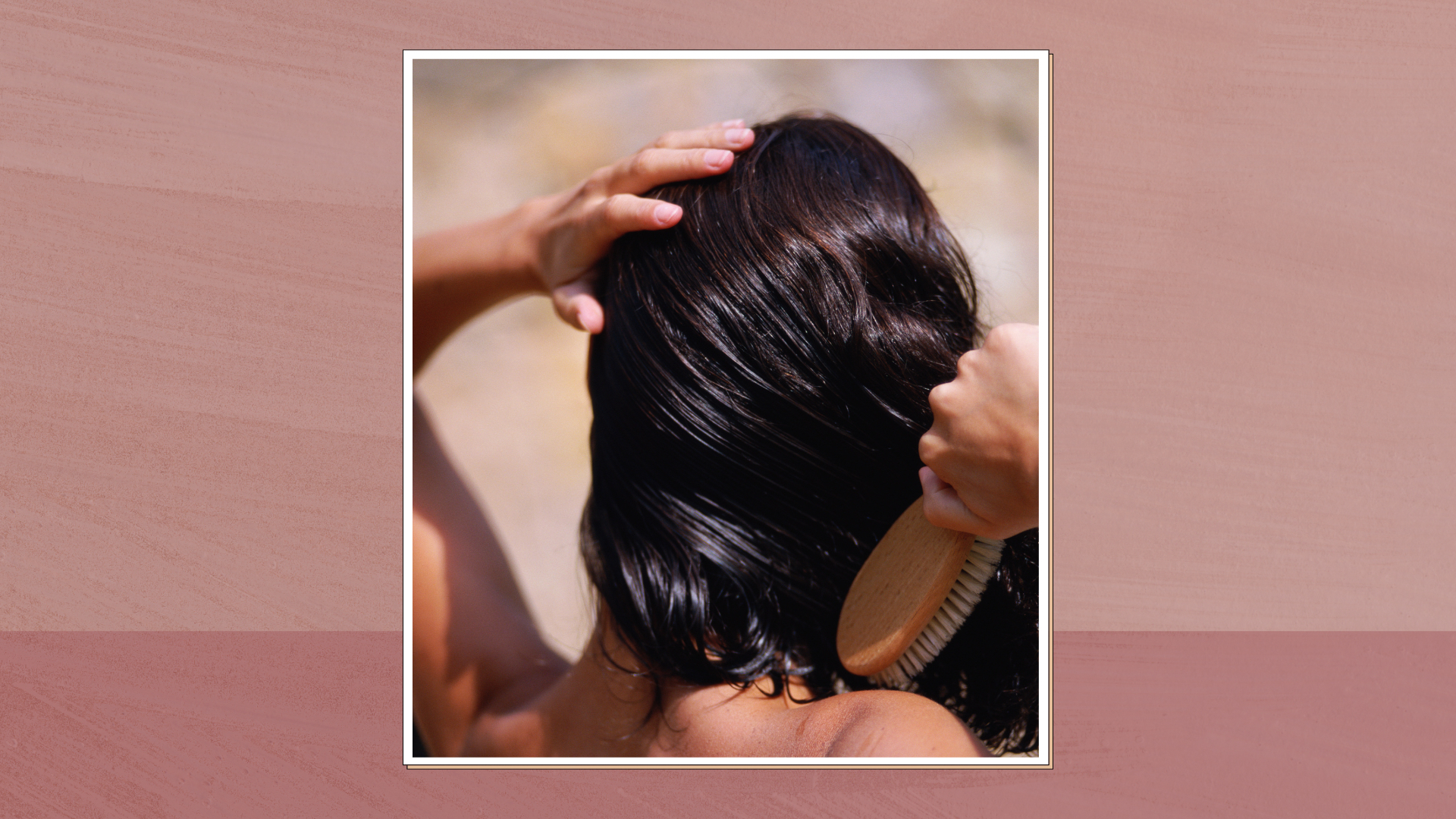

My journey from overbleached, heat-damaged hair to – what I hope will be – a return to its former (healthy) glory is well-documented.
After years of prioritising colour and styling, my strands started to take a hit last year, with dryness, split ends and snapping becoming part of my daily reality. Now, well on the road from breakage to repair, I’ve learnt a whole lot about restoring my strands. Be it the best shampoo for fine hair that's packed with protein to bond treatments and silk head wraps, I’ve invested a lot into regrowth and regeneration.
However, at the beginning of my journey, I did go for a hefty chop to get rid of damage and 'start again,' as it were. But is this always necessary? Can you shift your focus to hair health while still maintaining its length? I spoke to top trichologists and hair experts to get their best advice.
Everything you need to know about fixing heat damaged hair
Let’s start with the basics: how do you know your hair has heat damage? It may sound simple, but if you’ve been attached to your best hair straighteners, curlers or heated brush for years, you’ll likely have experienced some harm. This manifests through dryness and brittle strands, along with split ends, frizz and dullness – and in more extreme cases, snapping and hair breakage or shedding.
Do you need to cut off damaged hair?
This is not always clear cut (do mind my pun). “Too much direct heat on the hair can cause breakage and damage,” begins Eva Proudman, trichologist at Absolute Collagen. “When it comes to heat-damaged hair, removing the damaged hair and encouraging new growth is the only way to completely restore it.”
That said, you don’t have to cut it all off in one go. “To recover, it is recommended to cut as much as possible,” says trichologist Hannah Gaboardi, expert and brand ambassador at Viviscal. You can, however, do this through regular trims, she explains: “Some people may prefer to gradually cut two to three inches off every three months.” Proudman adds that, “depending on your hairstyle, your hairdresser can also chip into the hair to remove split ends without compromising too much length.”
Bear in mind that ends which are still damaged may continue to worsen if not taken seriously. “If they’re not cut, they can move further up towards the hair shaft, creating further damage, more frizz and making the hair shaft more brittle,” says Gaboardi. For this reason, a big chop can sometimes be the right answer – but it’s not the only one.
Sign up to our free daily email for the latest royal and entertainment news, interesting opinion, expert advice on styling and beauty trends, and no-nonsense guides to the health and wellness questions you want answered.
Can 'split end serums' help?
If you’re opting for the slow and steady approach to repairing your ends, you may be tempted to supplement your technique with products targeted toward split ends – or even try them as an alternative to cuts completely.
However, experts tend to agree that many of these are a marketing ploy. “No product on the market will repair a split end; they may help to temporarily seal them and remove the obvious sign of them (a white frayed end can be smoothed), but you do need to get a trim as quickly as possible,” says Adam Reed, editorial ambassador for L’Oréal Professionnel.
“There is no fix for split ends as this is hair that is extremely damaged and unhealthy and has surpassed treatment," Gaboardi agrees. "Split ends must be cut."
What should you use instead to prevent damage?
There are absolutely products that can help to replenish hair. Proudman recommends “curating a haircare routine that focuses on hydration,” for one thing. “Opt for a nourishing shampoo and conditioner that has been specially formulated to support your hair.”
In addition, “you can also use a deep hydrating treatment, such as a hair mask, to improve the quality of the damaged hair,” she adds. Gaboardi also mentions the importance of a good heat protectant spray and protein-based products to deeply restore the hair cuticle.
In addition to these products, the experts advise taking more of a 360 approach to treating heat-damaged hair. Looking at your lifestyle is key. “The most important step is building a healthy foundation from within,” begins Gaboardi. “Taking the right supplements – ideally tailored to your needs based on a blood test – can significantly strengthen the hair shaft, making it less prone to breakage and brittleness.”
She then recommends “using silk bonnets or pillowcases at night to help retain moisture” and, “most importantly, minimising heat styling… and avoiding harsh chemical processes when possible.”
Your expert-approved shopping list for heat-damaged hair
Need to update your haircare routine to care for damaged strands? Here’s everything the experts recommend having in your collection to restore your strands to their former glory.
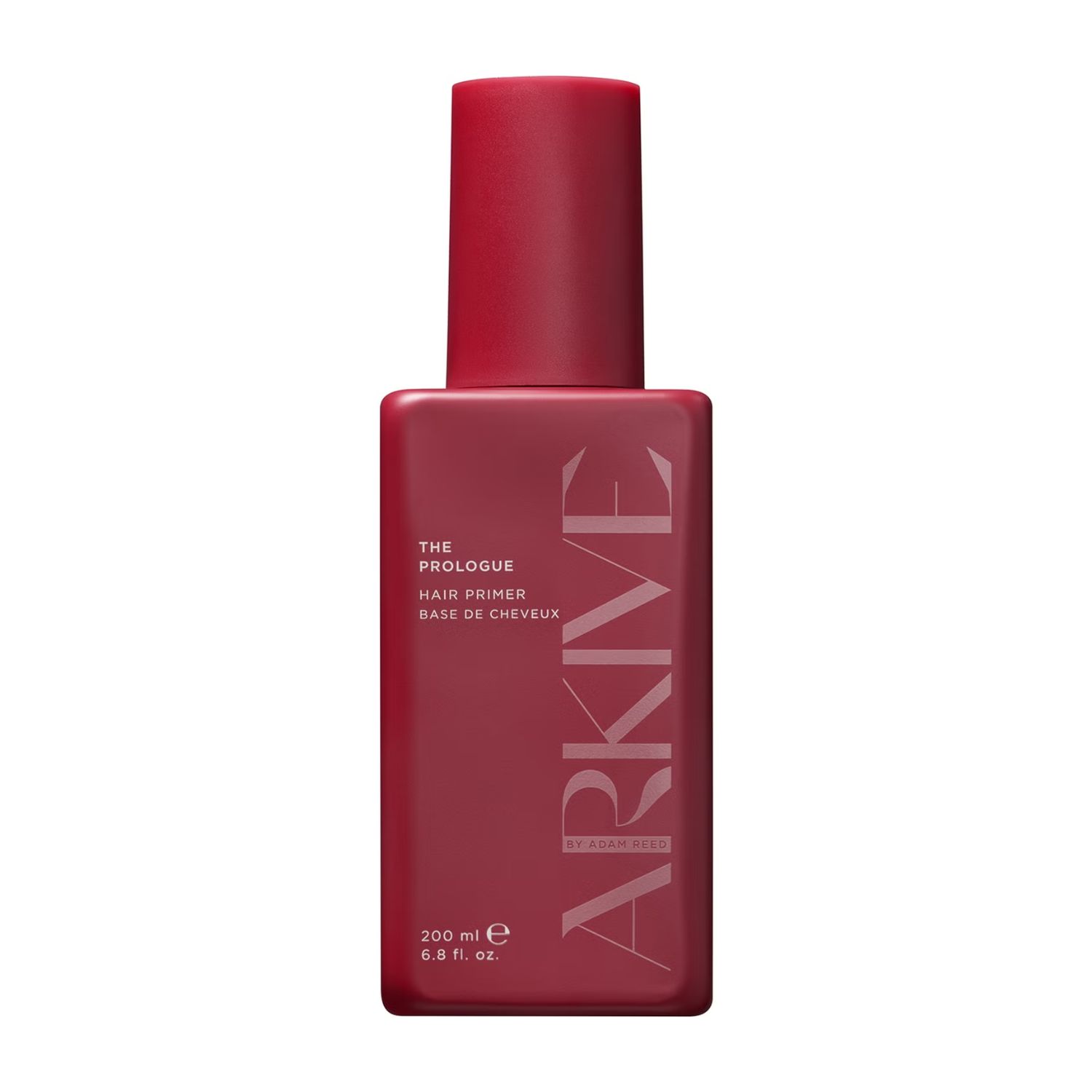
RRP: £13 for 200ml
If you are going to continue using heat on your hair, try to minimise exposure and always, always use a heat-protecting spray.
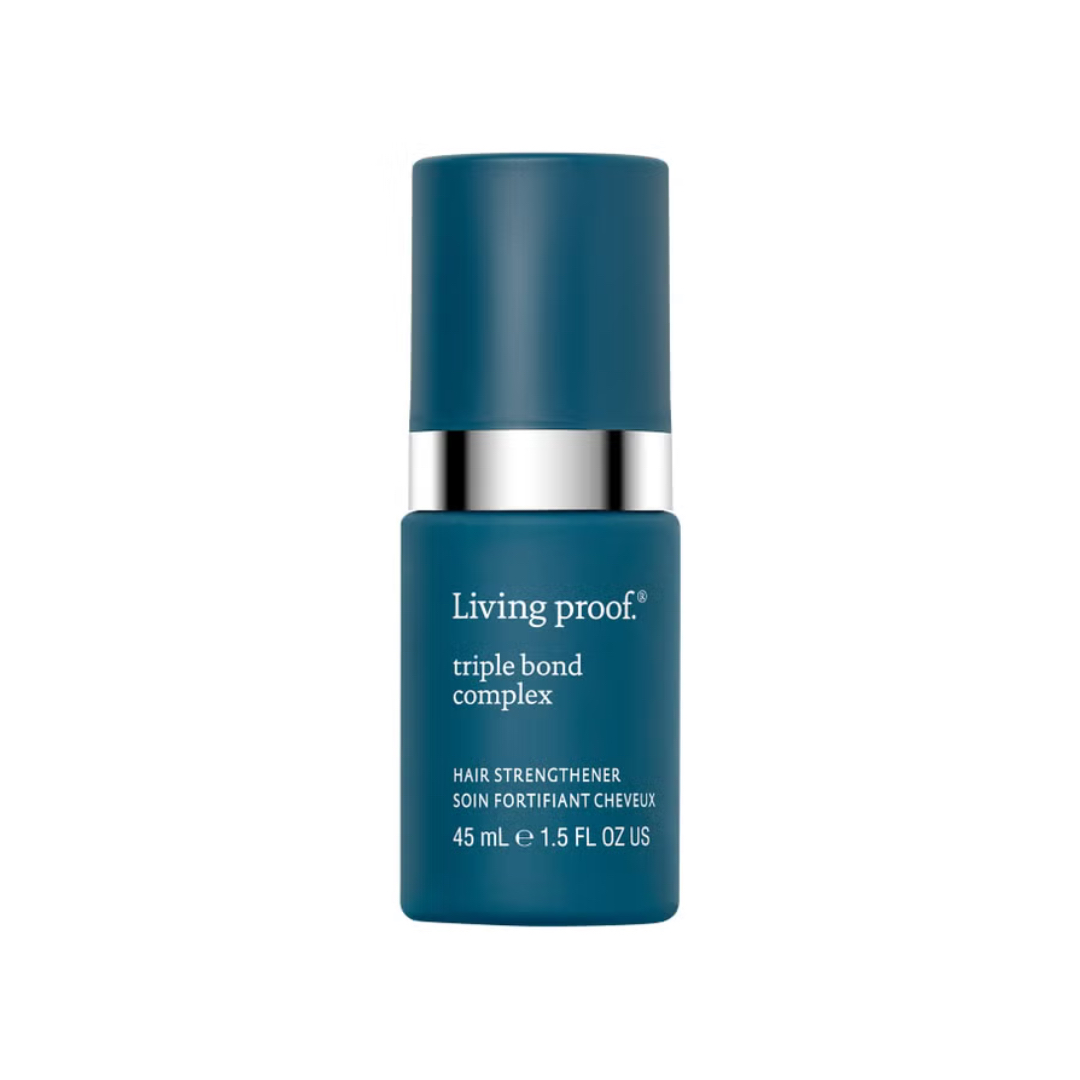
RRP: £42 for 45ml
Modern bond builders can work wonders on brittle, dry hair. Living Proof’s has received rave reviews.
Rebecca (best known as Becky) is a freelance beauty editor and features writer with a decade worth of experience in the industry. She started her career at Glamour UK and has since worked in roles at titles and brands such as Eliza, Bustle and Space NK. She has written for British, US and Australian publications, from Marie Claire and Refinery29 to Stylist and The Coveteur.
She is a keen traveller and often works on the road, covering everything from beauty and fashion to sex, love and dating. Her favourite pieces to write are first person features born from her experiences in the world. She is proudly queer, feminist and pro-choice, and advocates for mental health issues and women's rights. You can check out her work at her portfolio and on her Instagram.
